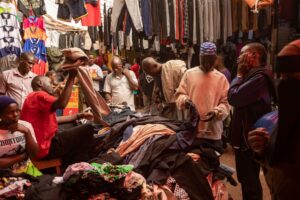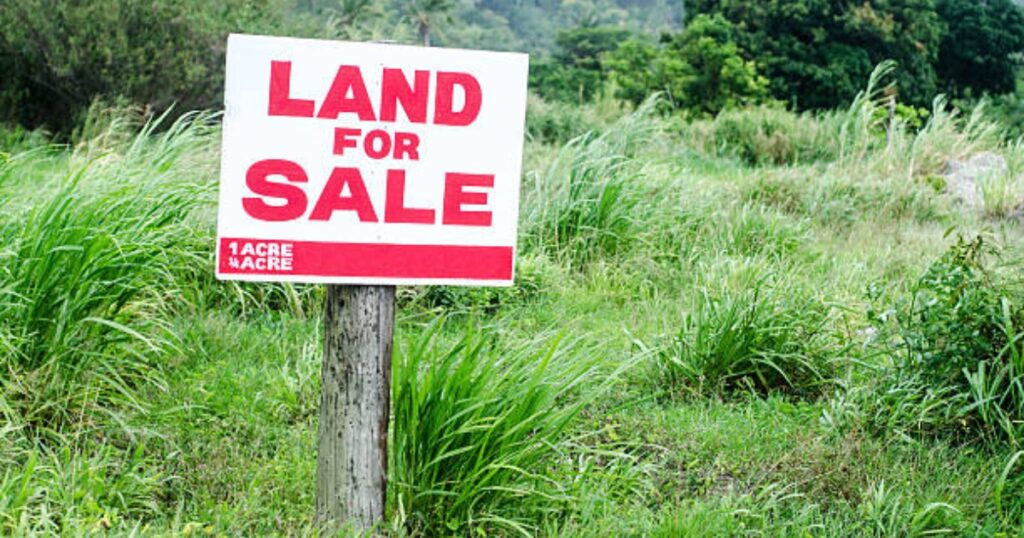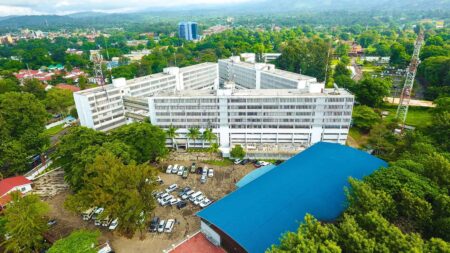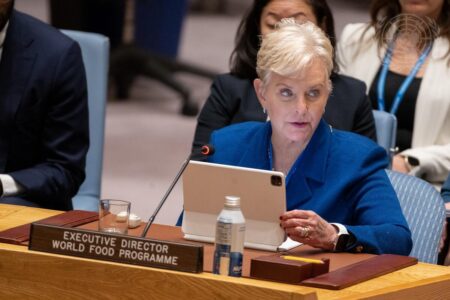- Land prices in Nairobi’s suburbs and towns maintained a mild upward growth in the fourth quarter of 2021
- Prices in the suburbs increased by 0.34 per cent over the quarter, while in the satellite towns, growth stood at 1.4 per cent
- The appreciation was on the back of several factors including the implementation and conclusion of vast infrastructure projects promoting accessibility and opening up areas for Real Estate investments
- Gross loans advanced to the Real Estate sector increased by 3.2 per cent to KSh 463.0 billion in the third quarter of 2021, from KSh 448.0 billion in the first half of 2021
Land prices in Nairobi’s suburbs and towns maintained a mild upward growth in the fourth quarter of 2021.
Data collected by property experts HassConsult indicated that prices in the suburbs increased by 0.34 per cent over the quarter, while in the satellite towns, growth stood at 1.4 per cent.
The report indicated that the consistent increase in land price reflected the general economic recovery that was witnessed during the year.
HassConsult noted that the Kilimani suburb continued to cool as investors went slow because of uncertainty about whether the present infrastructure will support the new wave of developments the area is attracting, thus weakening its appeal.
Sakina Hassanali, Head of Development Consulting and Research at HassConsult said that a few years ago, it was the exception for a residential building to have a lift, but today it is the norm.
She added that the new developments are high-density units, including studio apartments, which shift from the spacious apartments and detached houses that characterised the suburb a decade ago.
“It is not clear if the present infrastructure will adequately cater for all stock coming through,” she said.
Kilimani recorded a 0.9 per cent drop over the quarter, the third consecutive drop of the year while the suburb recorded a 1.1 per cent drop on an annual basis.
Spring Valley was the best performing suburb over the quarter and annually, with land prices recording a 5.6 per cent and 10 per cent respective increase.
Donholm had the lowest growth in land prices among the city’s suburbs, having recorded a 2.7 per cent drop in the last quarter of 2021.
In the towns, Kiserian posted the most robust growth over the quarter and annually with asking prices increasing by 5.2 per cent and 19 per cent, respectively.
Kiserian town’s low entry point relative its peers continue to make it attractive to speculators.
Kenya’s county land prices go up by more than 7 per cent
Limuru land prices recorded a 2.34 per cent drop over the quarter, while Ruaka saw prices marginally drop by 1.22 per cent.
Infrastructure projects support sector
The HassConsult findings of the report are in line with Cytonn Annual Markets Review 2021, which highlighted that the Nairobi Metropolitan Area land sector recorded an average annualised capital appreciation of 2.8 per cent in the 2021 financial year.
According to Cytonn, the appreciation was on the back of several factors: the implementation and conclusion of vast infrastructure projects promoting accessibility and opening up areas for Real Estate investments.
It was also driven by efforts by the government to improve land transactions facilitated by the launching of the National Land Information Management System (NLIMS).
At the same time, Kenya’s relatively high urbanisation and population growth rates of 4.0per cent per annum and 2.3 per cent per annum. The performance was against the global average of 1.8 per cent and 1.0 per cent, thus driving increased demand for development land.
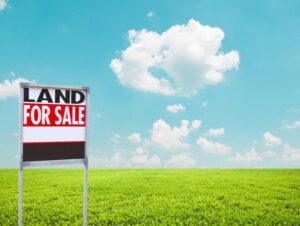
Satellite towns recorded the highest appreciations at 4.8 per cent over the year due to their affordability, thus driving demand.
Credit advanced to sector
The reports were on the back of a finding that gross loans advanced to the Real Estate sector increased by 3.2 per cent to KSh 463.0 billion in the third quarter of 2021, from KSh 448.0 billion in the first half of 2021.
On year on year basis, the performance increased 6.5 per cent from the KSh 433.0 billion realised in the third quarter of 2020.
Additionally, gross loans advanced to the Tourism sector also increased to KSh 106.0 billion in the third quarter of 2021, from KSh 105.0 billion in the first half of 2021.
Gross loans advanced to the Building and Construction sector slightly declined by 1.6 per cent to KSh 123.0 billion in the third quarter of 2021, from KSh 125.0 billion in the first half of 2021.
The Gross Non Performing Loans in the Real Estate sector increased by 1.4 per cent to KSh 69.2 billion in the third quarter from KSh 68.2 billion recorded in the first half.
On year on year basis, the performance represented a 16.6 per cent increase from KSh 57.7 billion realised in the third quarter of 2020.
Read: Africa is one of the most promising hotel investment regions

